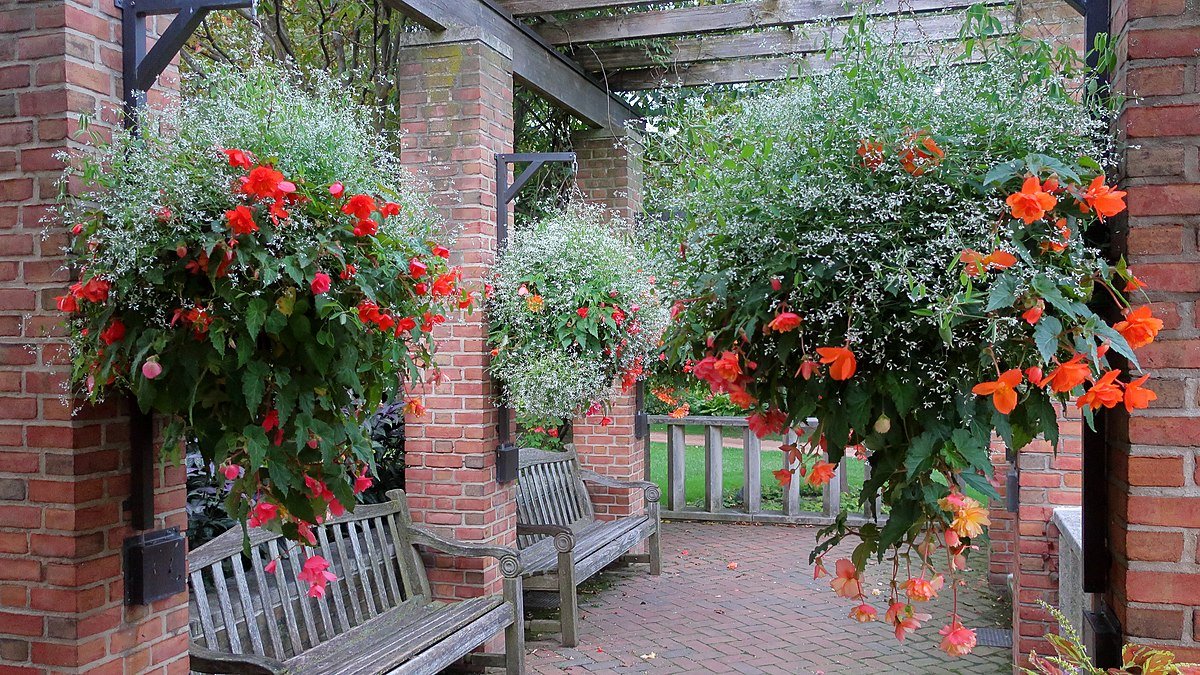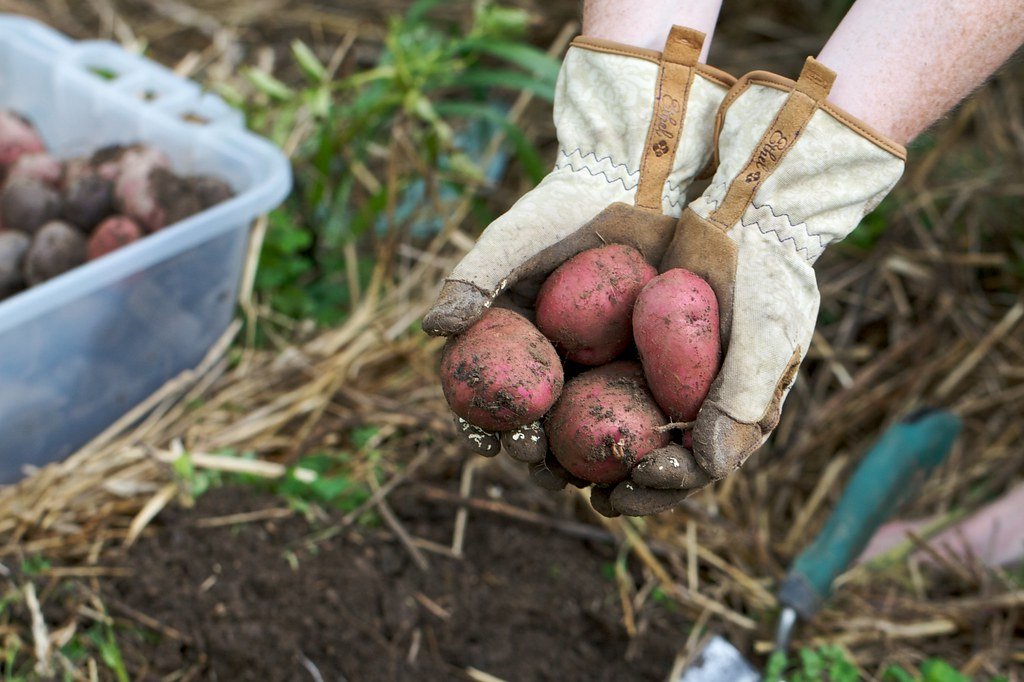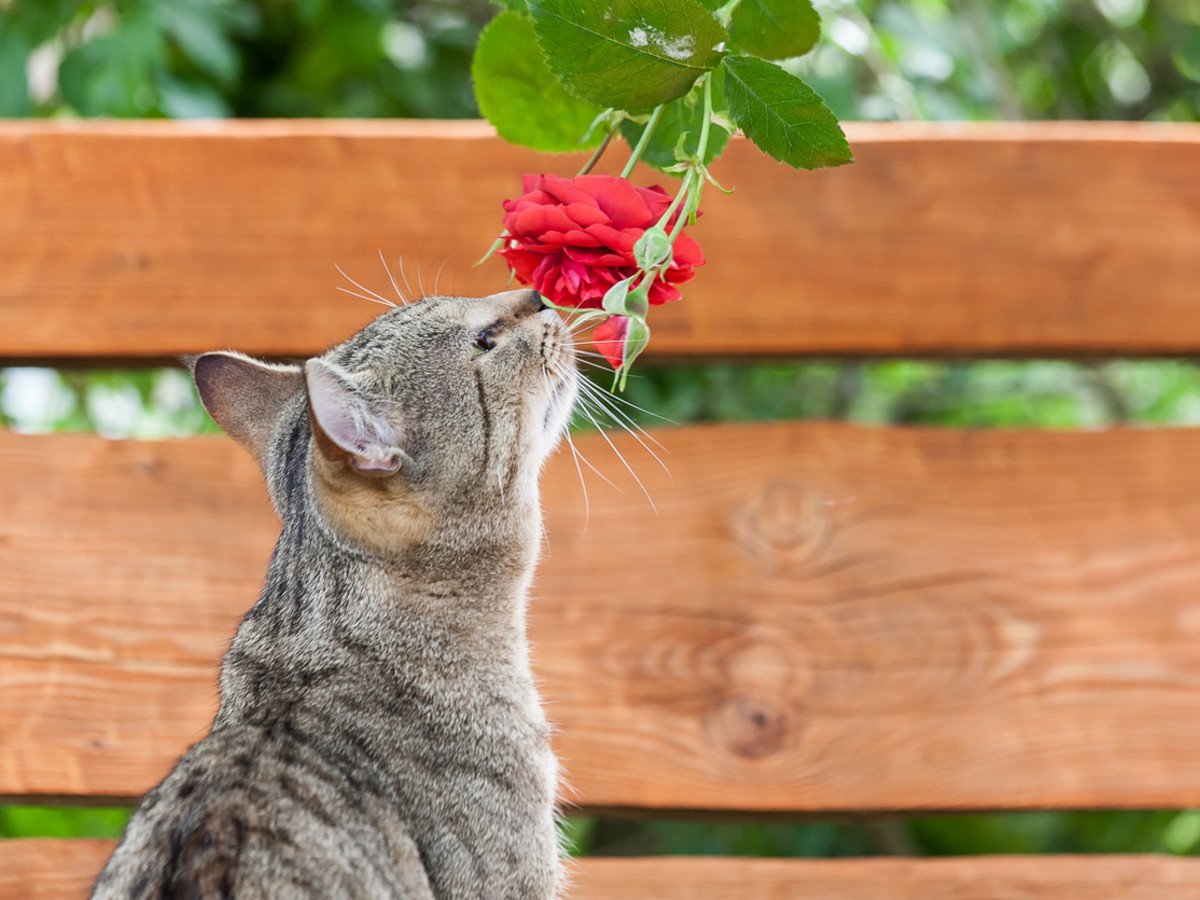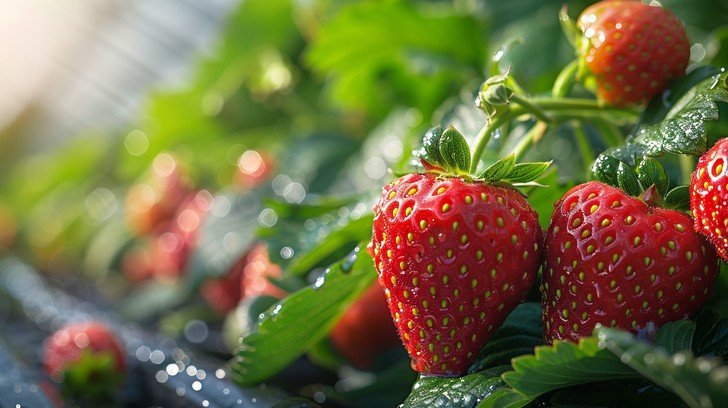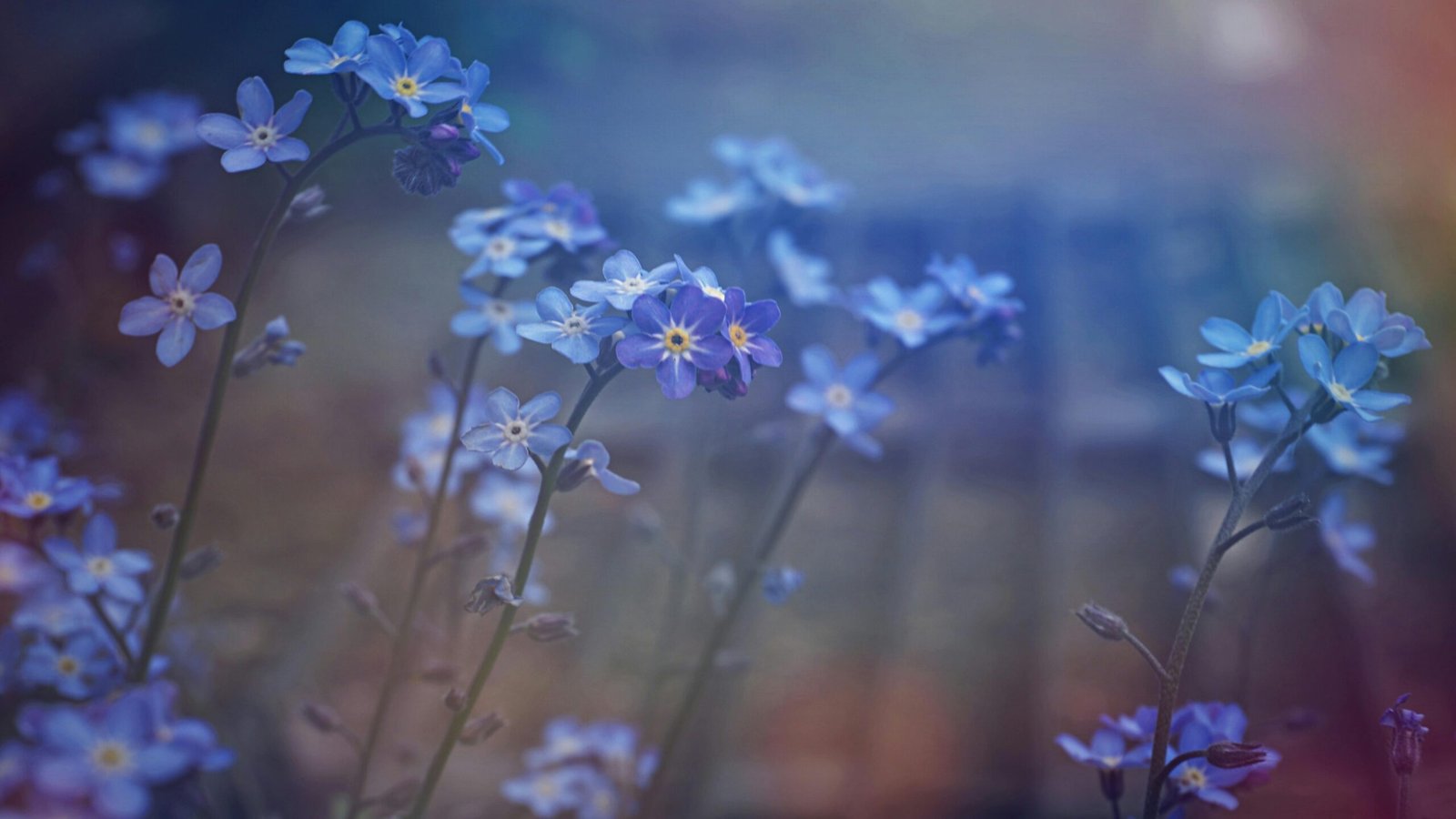The Complete Guide to Begonia Care: Mastering Light, Water, and Soil for Stunning Blooms
Introduction: Unlocking the Secrets of Successful Begonia Care
Begonias are among the most versatile and rewarding plants a gardener can grow, boasting a rich diversity of foliage shapes, sizes, and colors that rival their beautiful flowers. From the delicate blooms of bedding begonias to the dramatic, sculptural leaves of their rhizomatous cousins, these plants offer year-round interest. However, due to their broad family tree, new gardeners often find consistent begonia care to be a puzzle.
The key to successful begonia care lies in recognizing that not all begonias are created equal. The requirements for a tuberous begonia grown outdoors differ significantly from those of a cane begonia thriving as a houseplant. This comprehensive guide will demystify the process, providing you with the exact strategies for lighting, watering, soil, and maintenance needed to ensure your begonias flourish, whether they are dazzling your front porch or brightening a living room window. Master these fundamental principles, and your journey into begonia care will be filled with success.
Part I: The Foundations of Begonia Care: Identifying Your Plant Type
The first and most critical step in successful begonia care is identifying which of the four main categories your plant belongs to. Their care needs are determined by their root structure and stem habit.
1. Tuberous Begonias (The Showstoppers)
- Characteristics: These non-native plants grow from a tuber (a swollen stem base) and are famous for their large, often spectacular, rose-like flowers. They are typically deciduous, dying back in the fall and entering a period of dormancy.
- Best Use: Outdoor containers, hanging baskets, and shady garden beds.
- Specialized Begonia Care: They require a winter dormancy period where the tubers must be lifted and stored, making their seasonal begonia care regimen unique.
2. Fibrous Begonias (The Workhorses)
- Characteristics: These have thin, fibrous roots and are commonly seen as bedding plants. They are often called wax begonias ( Begonia semperflorens). They are valued for their continuous flowering and their ability to handle slightly brighter light than other types.
- Best Use: Mass planting outdoors, borders, or as year-round houseplants.
- Specialized Begonia Care: Simpler than other types, requiring consistent moisture and deadheading.
3. Rhizomatous Begonias (The Leaf Artists)
- Characteristics: These plants have thick, creeping stems (rhizomes) that grow along the surface of the soil. Their beauty lies almost entirely in their foliage, which can be textured, spiraled, silver-splashed, or patterned in dramatic colors. The familiar Rex begonia is a prominent example.
- Best Use: Indoor houseplants, especially in terrariums or humid environments.
- Specialized Begonia Care: Prone to rot if overwatered, as their rhizomes store moisture. They need very well-draining soil.
4. Cane Begonias (The Tall and Graceful)
- Characteristics: Named for their upright, segmented, bamboo-like stems (or canes). Angel Wing begonias are the most popular type, famous for their wing-shaped leaves and sprays of hanging flowers.
- Best Use: As large, structural houseplants that can reach several feet in height.
- Specialized Begonia Care: Benefits from structural pruning to maintain shape and encourage bushiness.
Part II: The Environment: Light, Temperature, and Humidity
Regardless of the type, begonia health is heavily dictated by their environment. Achieving the right balance of light and humidity is fundamental to excellent begonia care.
1. The Right Light for Begonia Care
Begonias generally prefer bright, indirect light. Direct, harsh sun, especially midday summer sun, will scorch their leaves, leaving behind crispy brown patches.
- Indoors: An east-facing window that receives gentle morning sun is often ideal. A south or west window is suitable only if the light is filtered by a sheer curtain or blocked by a nearby building. Low light will result in leggy growth and sparse flowering.
- Outdoors: For tuberous and fibrous varieties, choose a spot with partial shade. Dappled shade, such as under the canopy of a deciduous tree, is perfect. The light should be bright, but the sun’s rays should not hit the leaves directly for long periods during the afternoon.
2. Temperature and Airflow
Begonias thrive in a moderate temperature range, which mirrors their native warm, subtropical habitats.
- Ideal Range: 65°F to 75°F (18°C to 24°C).
- Avoiding Chills: Temperatures below 50°F (10°C) can cause significant damage or even kill begonias, particularly fibrous and cane types. Keep indoor plants away from cold drafts from windows or air conditioning vents.
- Airflow: Good air circulation is a key, yet often overlooked, part of begonia care. Stagnant air encourages fungal diseases like powdery mildew, especially in humid conditions. Ensure indoor plants have gentle airflow, but avoid placing them directly in the path of a powerful fan.
3. Humidity is Essential Begonia Care
High humidity is critical for most begonia varieties, especially the cane and rhizomatous types, as well as tuberous begonias grown outside in dry climates. They originate from regions where the air is naturally moist.
- Indoor Solutions:
- Pebble Trays: Place the pot on a tray filled with pebbles and water. Ensure the pot’s base sits on the pebbles, not submerged in the water.
- Grouping: Grouping several plants together naturally raises the humidity level around them.
- Humidifiers: A small room humidifier is the most effective solution for consistent indoor begonia care.
Part III: The Watering and Feeding Regimen
Watering is where most gardeners make mistakes, as begonias are highly susceptible to root rot, yet they also need consistently moist soil. The rule for successful begonia care is even moisture, not saturation.
1. The Golden Rule of Watering
Always allow the top inch or two of soil to dry out completely before watering again. Never follow a rigid schedule (like “water every Wednesday”). Instead, check the soil moisture with your finger or a moisture meter.
- Method: When it is time to water, do so thoroughly until water runs freely from the drainage holes. This “deep watering” helps flush out mineral salts. Discard any standing water in the saucer after 30 minutes.
- Tuberous Exception: Tuberous begonias in dormancy should be kept nearly dry to prevent the tuber from rotting.
- Rhizomatous Exception: Rhizomatous begonias, because their rhizomes lie at the surface and store water, are the most sensitive to overwatering. For this type of begonia care, err on the side of underwatering.
2. The Perfect Soil Mix for Begonia Care
The correct soil mix provides the perfect balance between moisture retention and fast drainage, which is crucial for preventing root rot.
- Must-Haves: A light, porous, and slightly acidic mix. A standard potting mix amended with materials that improve aeration is best.
- Recipe: A good blend is two parts standard houseplant potting mix, one part perlite (or coarse sand), and one part shredded peat moss or coco coir. This combination ensures that the roots receive oxygen while the mix remains light.
3. Fertilizing for Vigorous Growth
Begonias are heavy feeders during their active growing season (spring and summer). Proper feeding is an essential part of begonia care for abundant foliage and flowers.
- Frequency: Fertilize every two to four weeks during the spring and summer.
- Formula: Use a balanced liquid fertilizer (like 10-10-10), diluted to half or quarter strength. Begonias are sensitive to salt buildup, so dilute fertilizer is safer and more effective than full strength.
- Winter: Stop fertilizing completely during the late fall and winter when light levels are low and the plant’s growth slows down or stops.
Outbound Link Suggestion: For detailed information on dealing with the specific pests that target outdoor tuberous begonias, the Royal Horticultural Society offers excellent technical advice on pest management: RHS Guide to Growing Begonias Outdoors.
Part IV: Seasonal and Ongoing Maintenance
Good begonia care extends beyond simple light and water; it includes maintenance tasks that encourage dense growth, prevent disease, and ensure a long lifespan.
1. Pruning and Pinching
Pruning encourages a fuller, bushier plant and is vital for structural support.
- Pinching: When plants are young, pinch back the tips of the stems after a node (where a leaf meets the stem). This forces the plant to send out side shoots, creating a denser plant.
- Cane Begonias: These need the most structural pruning. Taller canes should be cut back by about one-third in the late winter or early spring to encourage new, vigorous growth from the base. This also prevents them from becoming leggy.
- Rhizomatous Begonias: Focus pruning on removing old, spent leaves and cutting back any lengthy rhizomes that spill too far over the pot’s edge.
2. Deadheading and Cleanliness
Regular removal of spent flowers (deadheading) encourages the plant to put its energy into producing new buds instead of setting seed.
- Cleanliness: Always remove dead leaves, stems, or flowers from the soil surface. This is a critical step in begonia care to prevent the spread of fungal diseases, particularly botrytis and powdery mildew, which thrive on decaying plant matter in humid conditions.
3. Seasonal Shifts for Outdoor Begonia Care
If you move your begonia outdoors for the summer, remember the transition must be gradual.
- Acclimation (Hardening Off): Start by placing the plant in a shaded, sheltered spot for a few hours a day. Over a week, gradually increase its exposure to light and wind. This process prevents shock and leaf burn.
- Winterizing Tuberous Begonias: Before the first frost, lift the tubers from the ground. Clean off the soil, dry them for a few days, and then store them in a box of dry peat moss or sawdust in a cool, dark, frost-free location (around 40°F/4°C) until spring. This proper storage is paramount to successful begonia care year after year.
Part V: Dealing with Pests and Diseases
Even with the best begonia care, these plants can occasionally encounter common houseplant pests and fungal issues.
1. Common Pests
The three most common pests that afflict begonias are:
- Spider Mites: Look for fine webbing, usually on the underside of the leaves. Mites thrive in hot, dry conditions.
- Mealybugs: These appear as small, white, cottony masses, typically in leaf joints and along the stems.
- Scale: Small, brown, immobile bumps on the stems and leaf undersides.
Treatment: Minor infestations can often be treated by wiping the plant down with a cotton swab dipped in rubbing alcohol. For more serious issues, use horticultural oil or an insecticidal soap spray, ensuring full coverage, especially on the underside of leaves.
2. Fungal Diseases
Fungal diseases are a direct result of poor airflow, high humidity, or leaves being left wet overnight.
- Powdery Mildew: Appears as a white, powdery coating on the leaves and stems. It is the most common begonia affliction.
- Botrytis (Grey Mold): A fuzzy, greyish-brown mold that attacks leaves and flowers.
Prevention and Treatment: Improve air circulation and reduce humidity slightly. Always water the soil, not the leaves, especially indoors. Treat existing mildew by applying a fungicide or a mixture of baking soda and water (one teaspoon baking soda per quart of water, plus a few drops of dish soap). Consistent begonia care focused on airflow is the best defense.
3. The Fascinating World of Propagation
One of the most appealing aspects of begonia care is their ease of propagation, which allows you to quickly grow your collection or share cuttings with friends.
- Leaf Cuttings (Rhizomatous): Rex Begonias can be propagated from a single leaf. Cut the leaf and make small incisions on the veins on the underside. Place the entire leaf flat on moist soil and anchor it with a pebble. New plantlets will form at the incision points.
- Stem Cuttings (Cane/Fibrous): Cut a stem just below a leaf node, remove the lowest leaves, and place the cutting in moist soil or a jar of water until roots form. This is the simplest method of begonia care for producing new plants.
Internal Link Suggestion: For those looking to manage fungal diseases like powdery mildew, refer to our broader guide on garden health: Guide to Common Garden Fungal Diseases and Prevention.
Conclusion: Rewarding Beauty Through Diligent Begonia Care
The true joy of begonia care lies in appreciating the wide spectrum of foliage and flower they offer. By breaking down the needs of each type—the tuberous for their magnificent seasonal blooms, the fibrous for their consistent color, the rhizomatous for their alluring leaf patterns, and the cane for their upright structure—you gain the confidence to succeed.
Remember, the principles are simple: bright, indirect light; soil that drains quickly but holds some moisture; high humidity; and focused attention during watering. Stop overwatering, start checking the soil, and watch your begonias transform. With diligent begonia care, these fascinating plants will reward your efforts with year-round color and compelling beauty.
